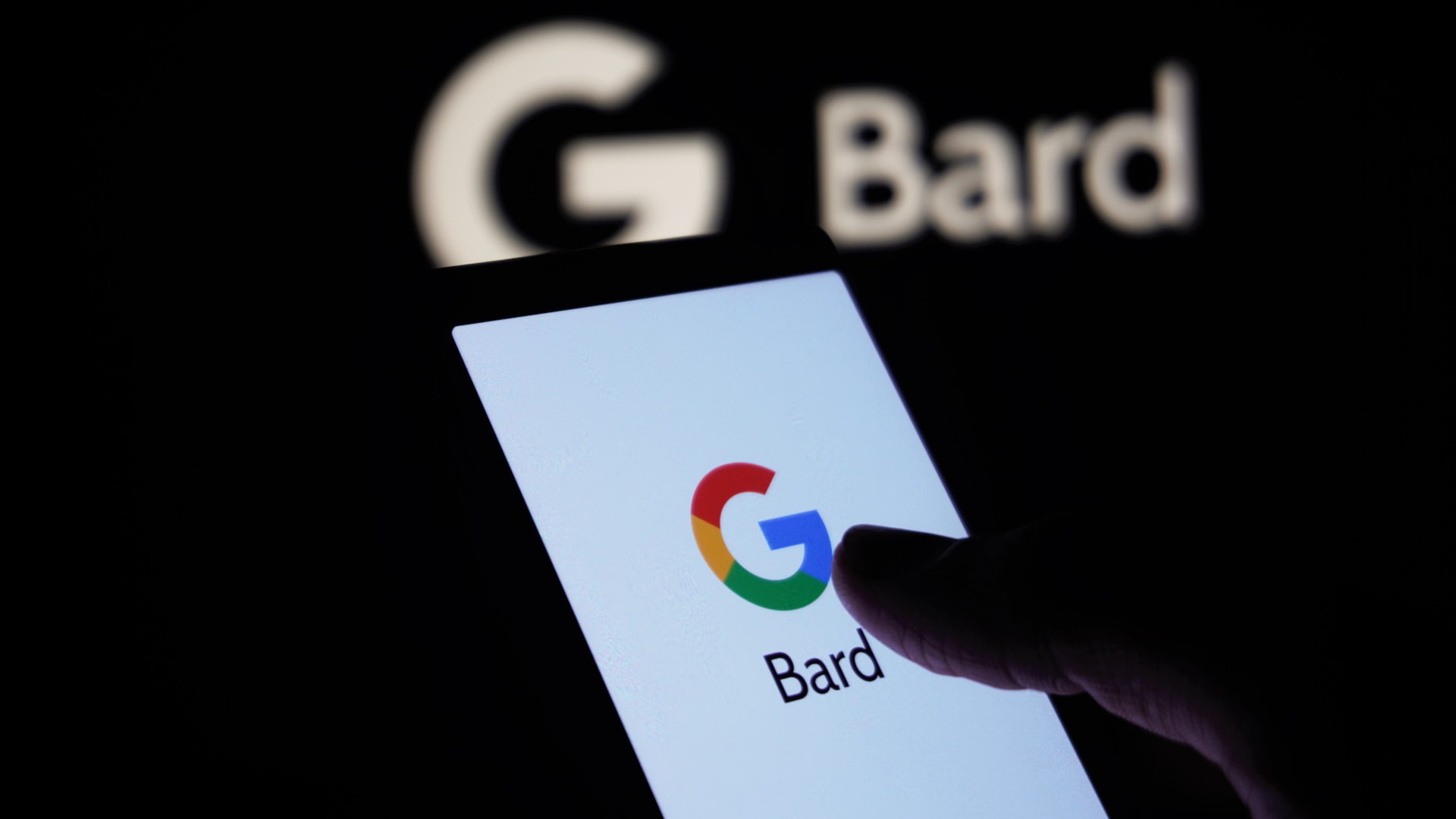Google Bard can now speak loud and clear as update introduces speech feature

Google Bard is saying its first words thanks to a recent update that gives the AI the ability to read out generated responses in over 40 different languages. The newfound language support includes Arabic, Chinese, German, and Spanish.
According to Google, being able to hear text out loud can be helpful in learning the correct pronunciation of words. Activating Bard’s speech tool is pretty simple. All you have to do after entering a prompt is select the sound icon in the upper right-hand corner of a response. In addition to the voice, Google is expanding Bard’s availability to more global regions, most notably Brazil and Europe. It’s important to point out the European Union initially forced the tech giant to postpone the chatbot’s launch “over privacy concerns”. But it looks like everything has been squared away with the EU.
Also, users can now adjust the “tone and style of Bard’s responses [across] five different options: simple, long, short, professional, or casual.” Google says this can be helpful in creating marketplace listings for businesses that want to maintain a certain voice. It’s reminiscent of the tone parameters on Microsoft’s SwiftKey app. However, unlike SwiftKey, it doesn’t appear Bard will make any cringe dad jokes if you ask it (shame).
Productivity boost
There is more to the update than just the language features. Google is also introducing some productivity tools. First, users can now finally pin Bard conversations in case they ever want to revisit them at a later time. If the AI gives you some helpful information, you can share the response with friends via shareable links. The chatbot creates a hyperlink that you can send over a messaging app or you can directly post the URL to LinkedIn, Facebook, Twitter, or Reddit.
Google is aware that people use “Bard for coding tasks.” To help these programmers, the company is adding a direct to “export Python code to [the] Replit” platform. Lastly, the chatbot is gaining the “capabilities of Google Lens” meaning you’ll be able to “upload images with prompts” to the AI. Bard will then analyze the photograph before providing the information you seek. This last feature can be found behind the Plus symbol next to the Prompt bar.
The addition of Google Lens to Bard is pretty exciting as the chatbot can now serve as a reverse image search engine of sorts.
Availability
Most of the update is currently online in the 40 different languages mentioned earlier but with a couple of exceptions. The five tones and Google Lens support can only be found in the English version of Bard. There are plans, however, to “expand to new languages soon.”
Although Google Bard managed to finally debut in the European Union, Canada remains absent from the list of countries supporting the chatbot. VPNs fortunately allow Canadians to bypass the block. If this affects you, be sure to check out TechRadar’s list of the best VPN service for Canada in 2023.
For all the latest Technology News Click Here
For the latest news and updates, follow us on Google News.

